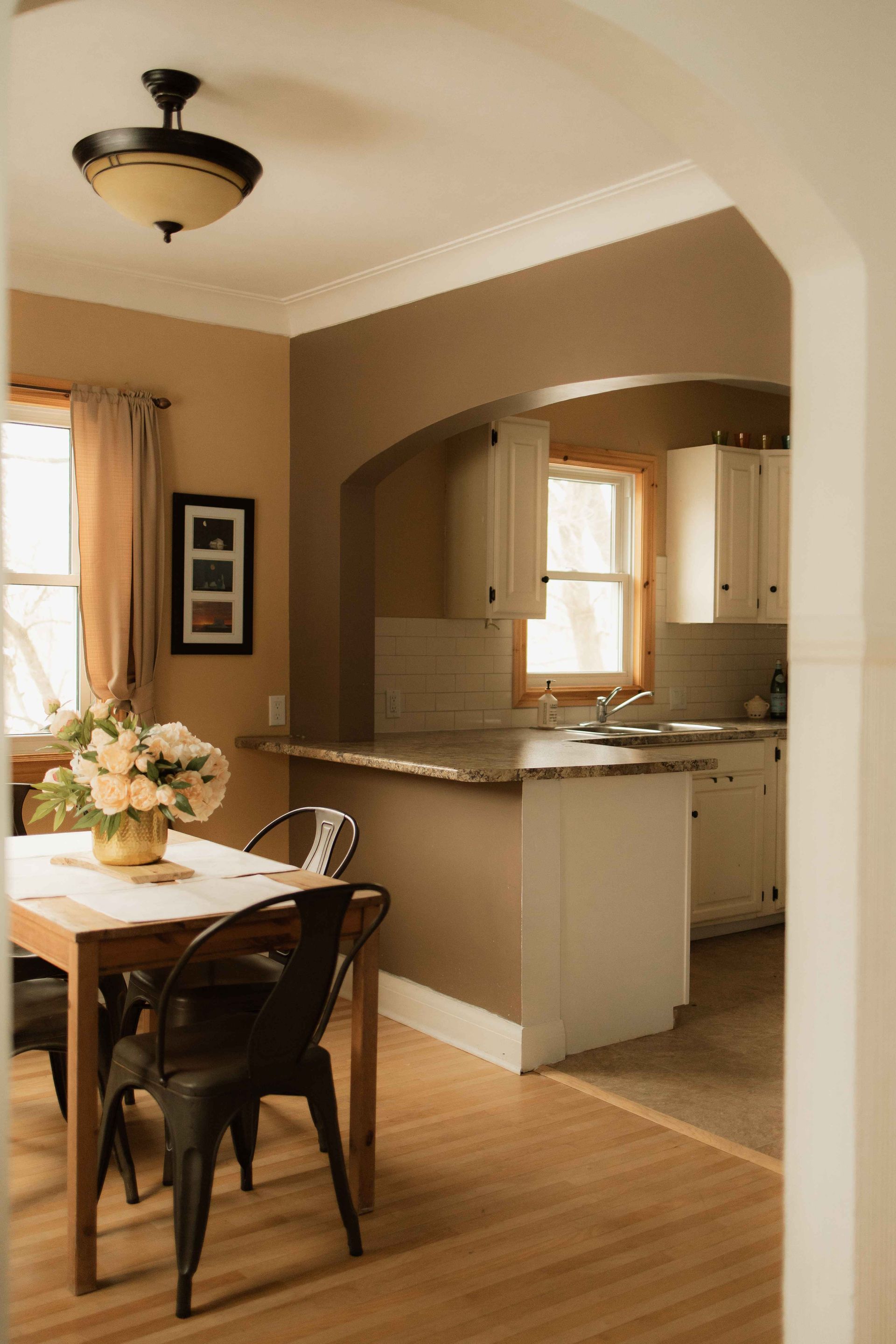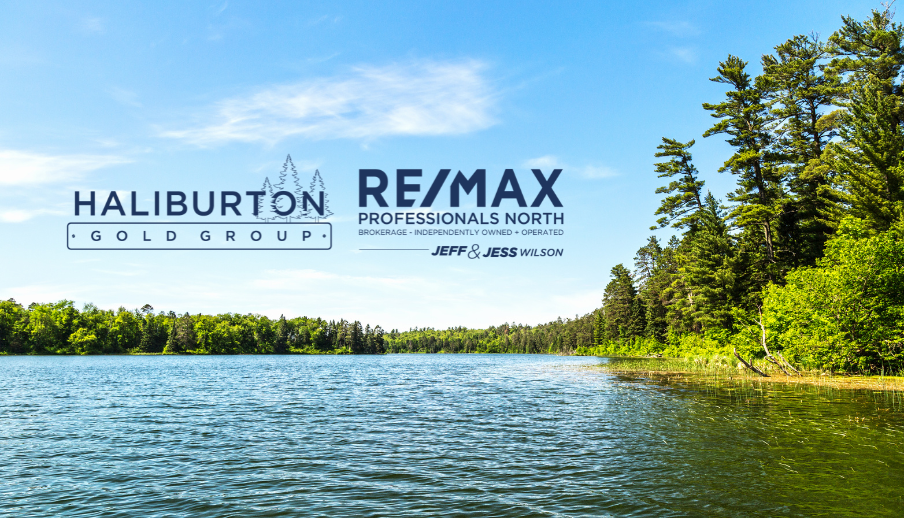Investing in commercial real estate can be profitable, but understanding key metrics is essential to making sound decisions. One of the most commonly discussed indicators is the capitalization rate, or cap rate, which helps investors determine the potential return on investment.
In markets like Haliburton, where real estate opportunities range from commercial properties to rental cottages for sale, understanding what constitutes a reasonable cap rate correlates with success.
This blog will dive into the fundamentals of the cap rate, its impact on investments, and what constitutes a "good" cap rate for various real estate ventures.
What is a Cap Rate?
The capitalization rate is a formula used to evaluate the return on investment for a commercial real estate property. It is calculated by dividing the property’s net operating income (NOI) by its current market value or purchase price. The formula is straightforward:
Cap Rate = (Net Operating Income / Current Market Value) x 100
For example, if a property generates $100,000 in NOI annually and is valued at $1,000,000, the cap rate would be 10%. This percentage reflects the potential return on the investment, giving investors a snapshot of how profitable the property may be.
Factors That Affect the Cap Rate
Several factors can influence the cap rate of a commercial property. These include
- Location – Properties in prime areas like Haliburton real estate markets typically have lower cap rates because they are in high demand and considered lower risk.
- Type of Property—The cap rate may vary depending on the type of commercial property. Retail spaces, office buildings, and rental cottages for sale might all have different risk profiles, influencing the cap rate.
- Market Conditions – Economic factors, supply and demand, and interest rates all play a role in determining cap rates. A hot real estate market may drive cap rates down, while a cooling market could see higher cap rates as investors demand more returns for taking on additional risk.
What is a "Good" Cap Rate?
The definition of a "good" cap rate can vary depending on the investor's goals, the type of property, and the specific market. In general, cap rates for commercial properties range from 4% to 12%, with lower percentages representing properties in prime locations with lower risk and higher percentages indicating more significant risk but potentially higher returns.
- 4% to 6%: This range is considered low risk and often applies to properties in highly desirable locations. Investors seeking long-term, stable income often aim for cap rates within this range, particularly in markets like Haliburton real estate.
- 7% to 9%: A cap rate in this range indicates moderate risk and is typical for properties in secondary markets. These properties may have growth potential but require more active management or improvements.
- 10% or Higher: High cap rates can offer more substantial returns but come with greater risk. This range may apply to properties in less stable markets or those requiring significant renovations or operational improvements.
Cap Rates for Rental Cottages in Haliburton
Investors looking at rental cottages for sale in Haliburton should consider the cap rate and the property’s potential for seasonal income. Rental cottages can have unique income streams, especially in regions with strong tourism demand, like Haliburton. However, seasonal income fluctuations can affect the NOI and, consequently, the cap rate. For this type of investment, cap rates in the 5% to 8% range are generally considered solid, mainly if the property is well-located and can be rented out during peak seasons.
How to Use Cap Rate in Your Investment Strategy
Understanding the cap rate can help you compare different investment opportunities, but there should be other metrics you rely on. Here are a few strategies to keep in mind:
- Compare Across Markets: Use cap rates to compare properties within the same market or between different markets, such as the difference between prime Haliburton real estate and less developed areas.
- Factor in Future Growth: A property with a higher cap rate may also have more room for appreciation if market conditions improve, so consider current and future potential.
- Balance with Risk Tolerance: Your personal investment goals and risk tolerance should influence your target cap rate. Lower cap rates in prime areas may be your best bet if you prioritize stable, passive income. If you’re comfortable with risk and are looking for higher returns, properties with higher cap rates could be more appealing.
Conclusion
The cap rate is essential for evaluating commercial real estate investments, whether looking at prime
Haliburton real estate or exploring
rental cottages for sale in the area. While there is no one-size-fits-all answer for what constitutes a good cap rate, understanding the market, property type, and your personal investment goals will guide you in making the best decision. Consider the broader financial picture and market trends when analyzing cap rates, and consult a real estate expert to ensure you’re getting the most out of your investment.
Frequently Asked Questions
What is a "good" cap rate in commercial real estate?
A "good" cap rate depends on the location, property type, and market conditions. Generally, 4% and 6% cap rates are good for low-risk, stable investments in prime locations. Cap rates between 7% and 9% indicate moderate risk, while cap rates of 10% or higher suggest more significant risk but the potential for higher returns.
How do I calculate the cap rate for a property?
To calculate the cap rate, divide the property's Net Operating Income (NOI) by its current market value, then multiply the result by 100. For example, if a property generates $50,000 in NOI valued at $1,000,000, the cap rate is 5%.
What affects the cap rate in commercial real estate?
Several factors can impact the cap rate, including the property's location, the type of property (e.g., retail, office, rental cottages), the market conditions (supply and demand, economic stability), and risk profile. Prime locations and lower-risk properties tend to have lower cap rates, while higher-risk properties usually offer higher ones.
What cap rate should I expect for rental cottages in Haliburton?
For rental cottages for sale in Haliburton, cap rates generally range from 5% to 8%, depending on the location, property condition, and the potential for seasonal income. Properties in prime areas that attract high tourism during peak seasons may have lower cap rates due to their stable demand.
Can a high cap rate be a good thing?
A high cap rate often indicates higher potential returns but comes with increased risk. It could mean the property requires significant renovations, is in a less desirable location, or faces unstable market conditions. A higher cap rate might appeal if you're an investor willing to take on more risk for higher rewards.
How does the cap rate affect my investment strategy?
The cap rate helps investors compare different properties and determine potential returns. A lower cap rate may indicate a more stable, lower-risk investment, while a higher cap rate suggests more risk but higher potential returns. Your investment strategy should balance cap rates with risk tolerance, future growth potential, and long-term financial goals.
Should I only rely on the cap rate when evaluating a commercial property?
No, while the cap rate is useful, it shouldn't be the sole factor in your decision-making process. Investors should also consider other financial metrics like cash flow, appreciation potential, and market trends. Consulting with a real estate expert can help you make a more informed decision.
Learn More
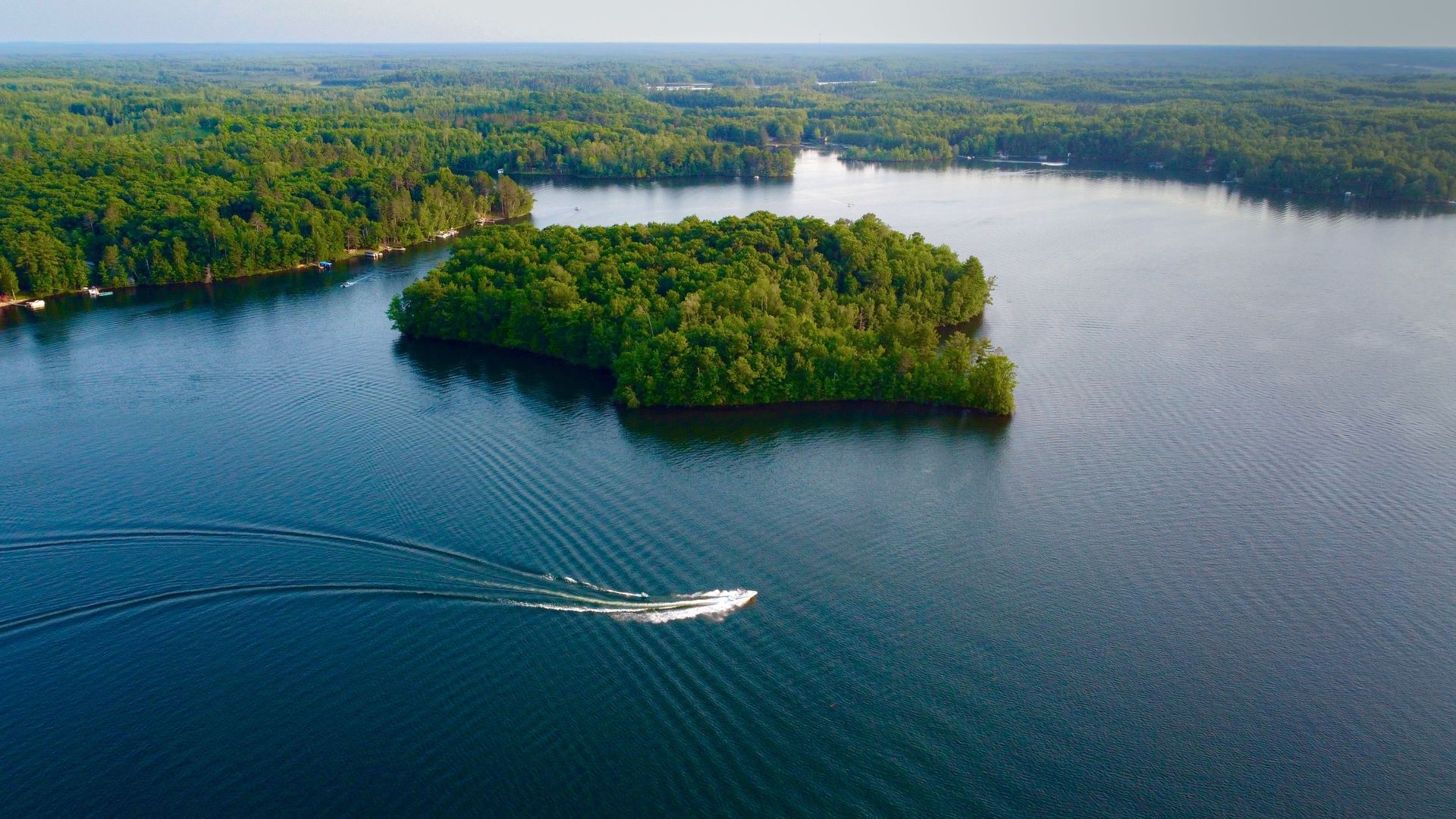
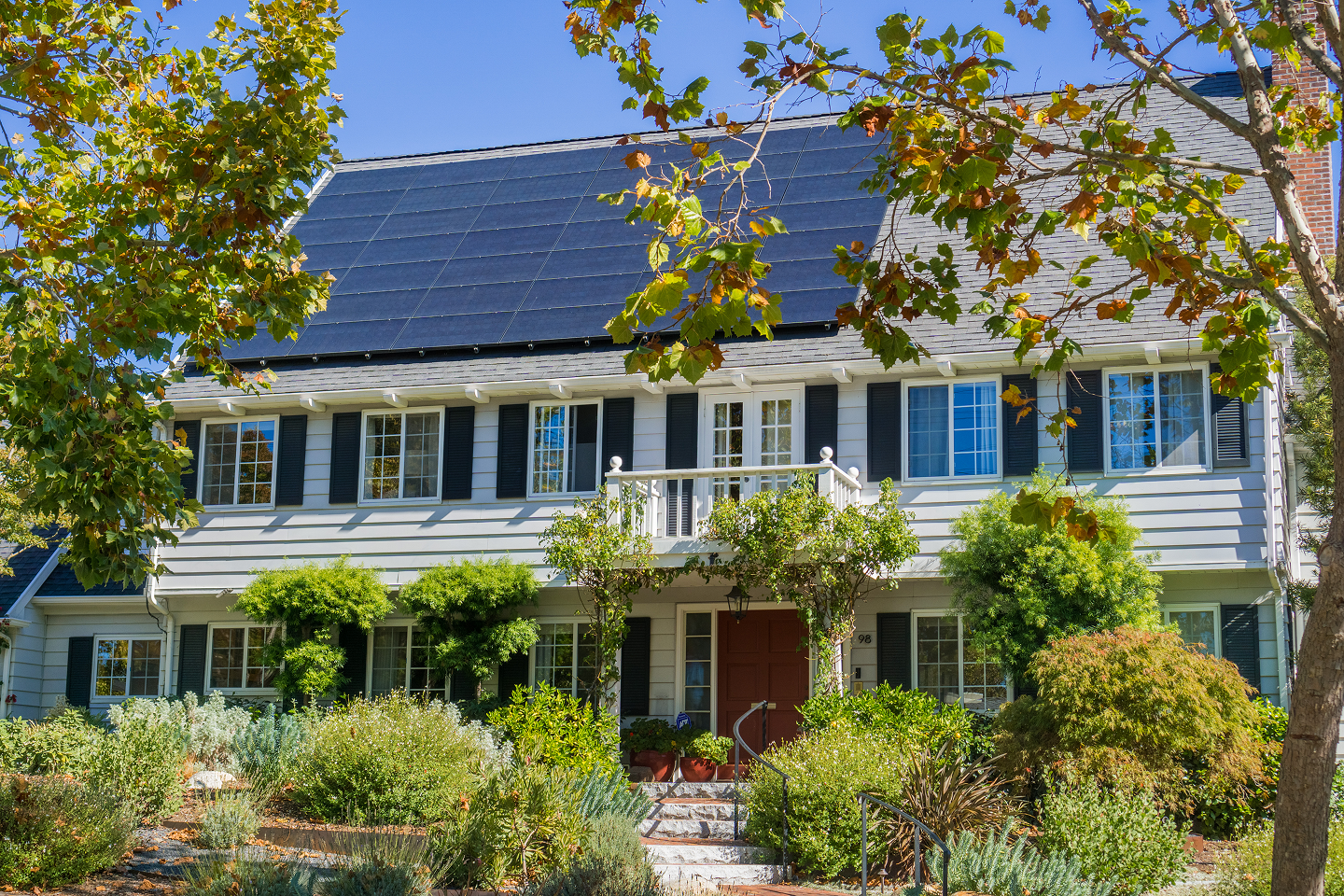

Navigation Links
Newsletter
For exclusive news and market updates sign up for our newsletter.
Email Newsletter
We will get back to you as soon as possible.
Please try again later.
By submitting this form, I agree to the Privacy Policy and consent to the processing of my personal data as described therein.
Slide title
Write your caption hereButton
Slide title
Write your caption hereButton
Slide title
Write your caption hereButton
Slide title
Write your caption hereButton
Slide title
Write your caption hereButton

All information deemed reliable but not guaranteed. All properties are subject to prior sale, change or withdrawal. Neither listing broker(s) or information provider(s) shall be responsible for any typographical errors, misinformation, misprints and shall be held totally harmless. Listing(s) information is provided for consumer's personal, non-commercial use and may not be used for any purpose other than to identify prospective properties consumers may be interested in purchasing. The data relating to real estate for sale on this website comes in part from the Internet Data Exchange program of the Multiple Listing Service. Real estate listings held by brokerage firms other than RE/MAX Professionals North may be marked with the Internet Data Exchange logo and detailed information about those properties will include the name of the listing broker(s) when required by the MLS. Copyright ©2023 All rights reserved.
© 2023 Haliburton Gold Group | *Each office independently owned and operated.



